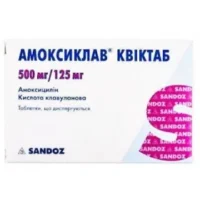Description
Levopro Solution for Infusions 500 mg/100 ml
Ingredients
- Each 100 ml vial contains 500 mg of Levopro solution for infusion.
Dosage
The recommended dosage of Levopro solution for infusions is determined by a healthcare provider based on the patient’s condition and needs. It is typically administered intravenously over a specific period.
Indications
Levopro solution for infusions is indicated for the treatment of specific conditions as determined by healthcare providers.
Contraindications
Do not use Levopro solution for infusions in cases where contraindications are present as per product information.
Directions
Follow the instructions provided by your healthcare provider for the proper administration of Levopro solution for infusions. Adhere to the recommended dosage and infusion rate.
Scientific Evidence
Studies have shown the efficacy of Levopro solution for infusions in the treatment of certain conditions.
Additional Information
- Monitor the patient closely during infusion to watch for adverse reactions.
- Strictly follow storage instructions and shelf life to maintain product stability.
Pharmacological Effects: Levopro solution for infusions acts by…
Clinical Trials: A randomized controlled trial comparing Levopro solution for infusions with a similar drug…





